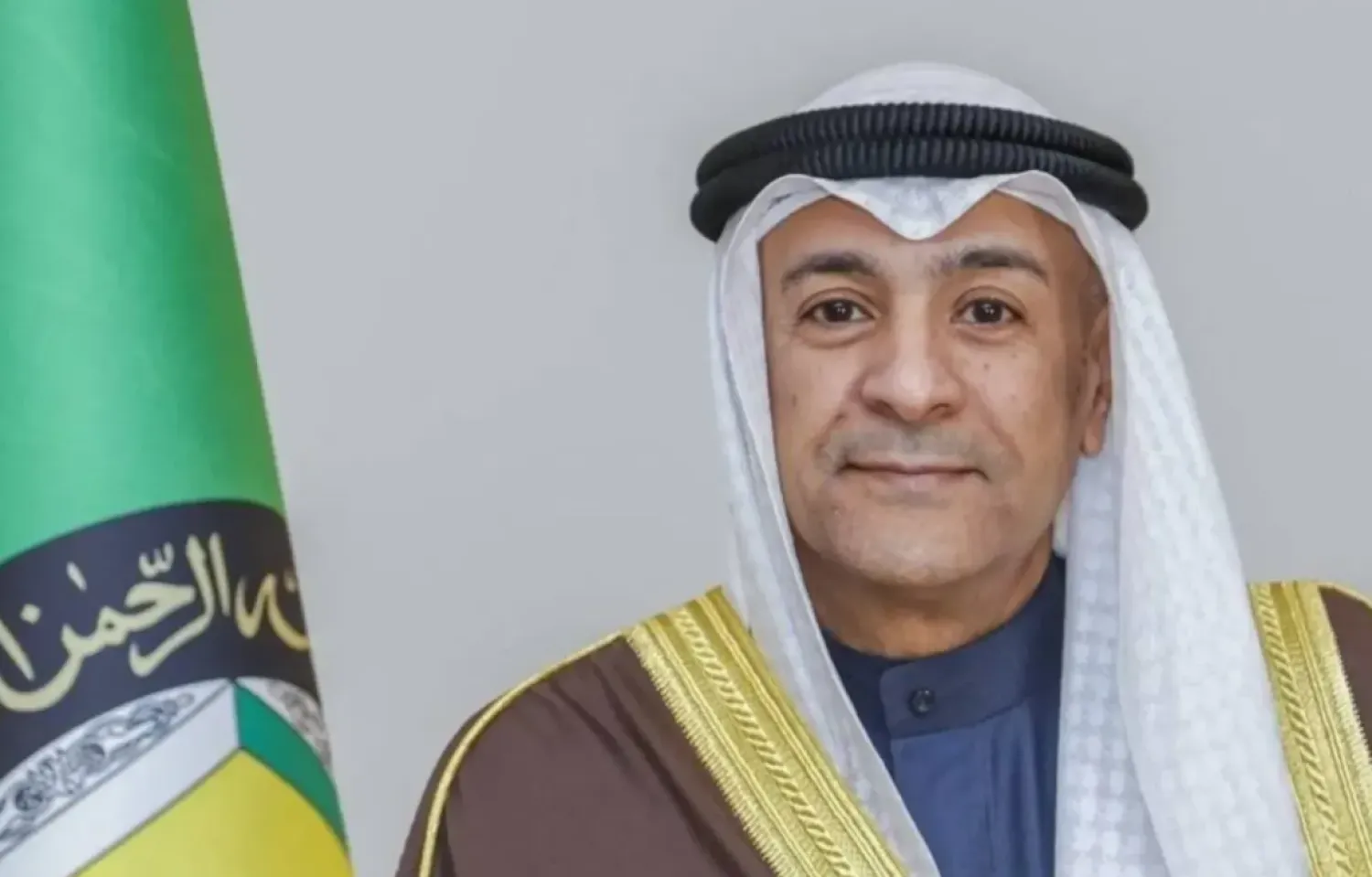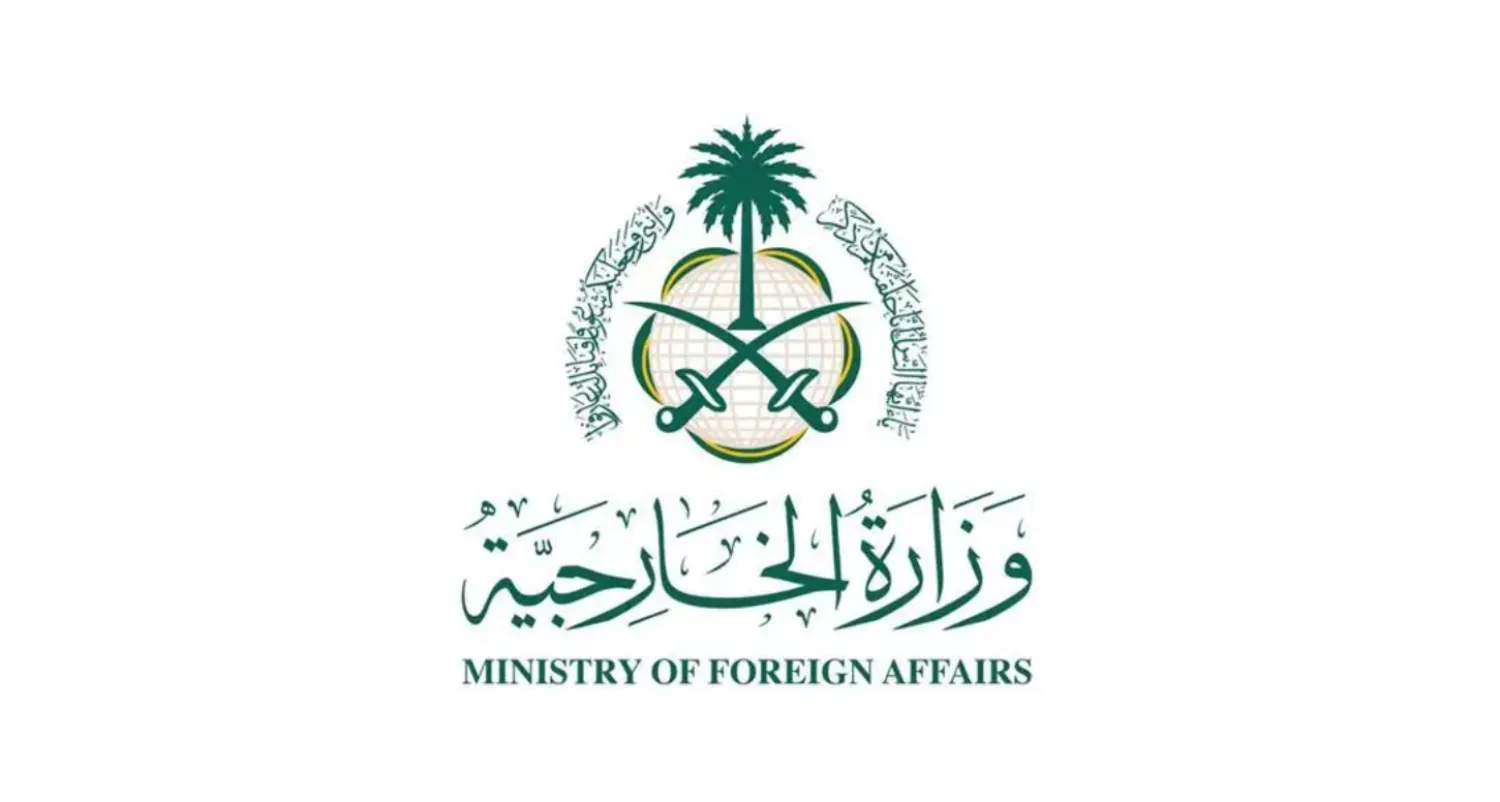Kuwait has officially declared its rejection of Iranian “claims and measures” planned for the rich offshore “Durra” gas field
Kuwait Oil Minister Saad Al-Barrak said his country “categorically and totally” rejected Iranian procedures and claims on the Durra offshore gas field in the neutral zone connecting Kuwait and Saudi Arabia.
Only Kuwait and Saudi Arabia own “exclusive rights” to the field, the minister said in a statement.
Kuwait was “surprised” by Tehran’s plans and intentions, which “contravene the basic principles of international relations”, the minister underlined.
The Arab Gulf country’s Foreign Ministry confirmed on Monday that the maritime area where the Durra gas field is located falls within Kuwait’s territorial waters.
The natural resources in this area are jointly shared between Kuwait and the Kingdom of Saudi Arabia, with both countries having exclusive rights to the natural resources in the Durra field, affirmed the ministry.
A source at the ministry stated on Monday that Kuwait has re-invited the Iranian side to initiate talks for demarcating maritime borders.
On March 21, 2022, Kuwait and Saudi Arabia signed an agreement to develop the Durra field, aiming to exploit its rich gas reserves for daily production of one billion standard cubic feet of natural gas and 84,000 barrels of condensates, which will be shared between the two countries.
Prince Abdulaziz bin Salman, Saudi Arabia’s Minister of Energy, inked the deal with his Kuwaiti counterpart.
The two agreed on setting up Al-Khafji Joint Operations Co., a joint venture (JV) between Aramco Gulf Operations Co. and Kuwait Gulf Oil Co. (KGOC).
They also agreed to select a consultant to conduct the engineering studies necessary to develop the field, as per the best techniques and topnotch technologies and practices that take into account safety, health and environmental preservation, as well as the development of the most efficient and effective engineering designs in terms of capital and operations.
For its part, Iran claimed that the document signed between Saudi Arabia and Kuwait to develop the Durra gas field was “illegal” since Tehran also has a share in the field and must be included in any action to operate and develop the field.









